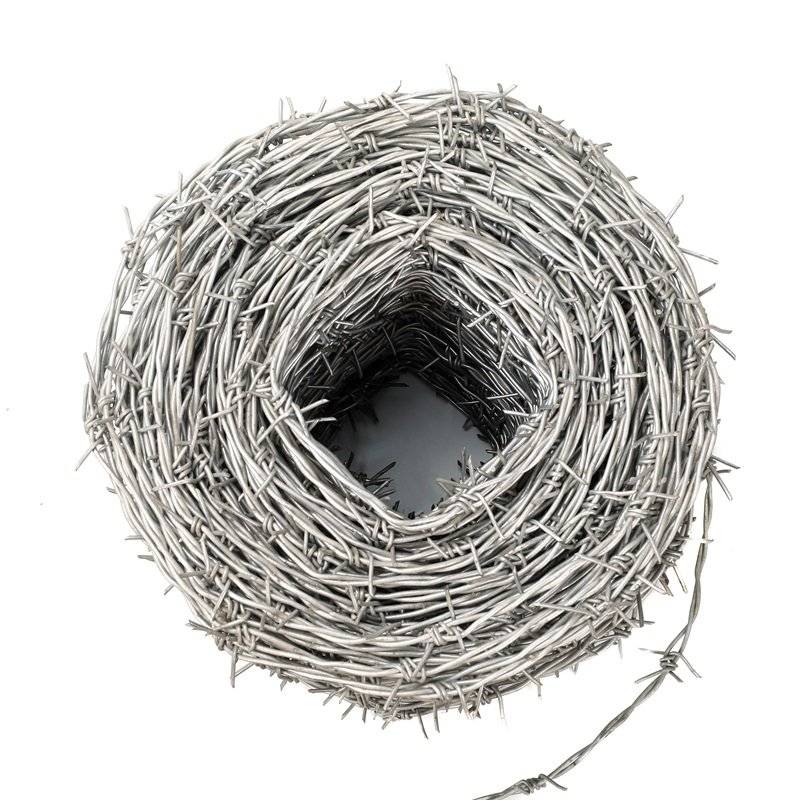Effective Chicken Fencing Solutions to Keep Your Poultry Safe and Secure in Your Backyard
Choosing the Right Fence for Your Chickens
Raising chickens can be an incredibly rewarding endeavor, offering fresh eggs, natural pest control, and delightful companionship. However, one of the most critical aspects of successful chicken ownership is ensuring the safety and security of your flock. A well-designed fence is essential in protecting your chickens from predators, keeping them contained, and maintaining their overall health and happiness. In this article, we will explore the different types of fencing and considerations for creating the ideal enclosure for your chickens.
Importance of Fencing
Chickens are vulnerable to a range of predators, including raccoons, foxes, hawks, and even neighborhood dogs. A robust fence acts as the first line of defense against these threats. Additionally, a secure area prevents chickens from wandering off and getting lost or injured. A proper enclosure helps manage their behavior and allows for more efficient care, including feeding and egg collection.
Types of Fencing
When it comes to choosing fencing material for your chicken coop, there are several options to consider
1. Wire Fencing This is one of the most common selections for chicken pens. Galvanized poultry wire, also known as chicken wire, is lightweight and easy to handle, but may not be sufficient to keep out larger predators. For better protection, consider hardware cloth, which is sturdier and has smaller openings. This will keep out not only larger animals but also smaller pests like weasels.
2. Wood Fencing For a more permanent solution, wooden fences can be an excellent choice. They provide a solid barrier and can be aesthetically pleasing. However, wood can deteriorate over time and may require constant maintenance to prevent rot and damage from exposure to weather.
fence for chicken

3. Electric Fencing For those with larger properties or serious predator concerns, electric fencing can deter animals effectively. When properly installed and maintained, electric fencing can provide a significant level of security, although it may not be suitable in all areas due to local regulations.
Height and Depth Considerations
When designing your chicken enclosure, the height of your fence is crucial. A fence should ideally be at least 4 to 6 feet tall to prevent chickens from flying over and to discourage jumpy predators like foxes. Additionally, burrowing animals can dig underneath fences, so it’s important to bury the bottom of the fence at least 12 inches deep or extend it outward in an L-shape (known as an apron) to prevent digging.
Gate Design
Do not overlook the importance of the gate. Your access points should be easy for you to open and close but secure enough to keep chickens in and predators out. A simple latch may suffice, but consider using a locking mechanism if you live in an area with higher predatory threats.
Conclusion
In conclusion, establishing a secure fence for your chickens is a vital component of their well-being and safety. By selecting the right materials, considering height and depth, and ensuring a functional gate design, you can create an effective enclosure. Investing time and resources into securing your chickens not only protects them from harm but also enhances your experience as a chicken keeper. With a little planning and effort, you can create a safe haven where your chickens can thrive, providing you with fresh eggs and joy for years to come.
-
Space-Saving Chain Fence Hacks Vertical Gardening with Cyclone MeshNewsJul.16,2025
-
Innovations in Iron Nail Wire Production for Modern ConstructionNewsJul.16,2025
-
Creative Uses of Wire Netting Fence in Modern Landscape DesignNewsJul.16,2025
-
Barbed Wire Fence Innovations in Anti-Climb TechnologyNewsJul.16,2025
-
Architectural Uses of Umbrella Nails for Aesthetic Roof DesignsNewsJul.16,2025
-
Architectural Uses of Razor Barbed Wire in Secure Urban DesignNewsJul.16,2025




